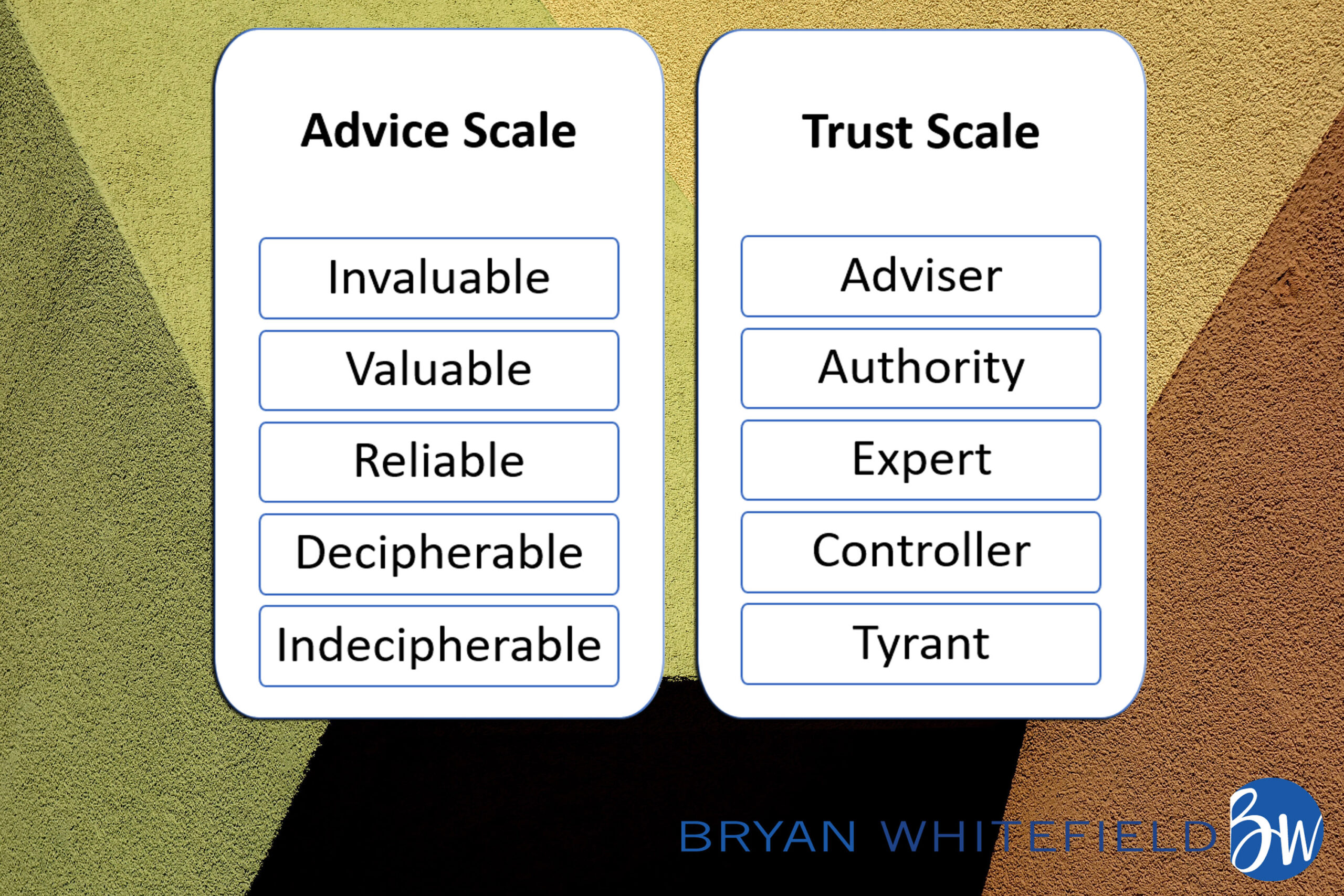Everyone is an adviser. Even if you are the CEO or the Chair of the Board, you are an adviser. As an adviser you seek to influence key decisions. The people we take advice from most readily are those we most trust. To be clear, trust is contextual. I trust my mum, but I don’t rely on her advice when it comes to the internet. In the boardroom, a CEO and Chair who trust each other are more likely to get more done more quickly. And as an internal adviser, trust is your most valuable asset.
An internal adviser’s role is to advise, guide and monitor. You advise on everything from strategy to capability building. While you advise in meetings and in one-on-one conversations, you also contribute through the design and implementation of policies, frameworks and processes. And then you monitor the boundaries these establish.
The critical question for an internal adviser is what happens when a manager, a staff member or a whole business unit breaches one or more of these boundaries? Depending on whether it is a flexible, cushioned or hard boundary, you may be able to work together with the business unit to help move things back within acceptable boundaries.
Sometimes, though, you will need to report a situation to the leadership team. It could be a sudden, unexpected breach that you are obligated to report, or it could be that despite your best efforts, the person or business unit has failed to heed your advice and it is time to escalate the issue. In either case this is a problem for you, because it likely creates conflict and affects the trust the person or business unit has in you.
That is why you need to become a persuasive adviser before you can become a trusted one. You need to persuade them to take a chance on your advice. If it is as good as it should be, they will make gains because of it and you will be building trust.

